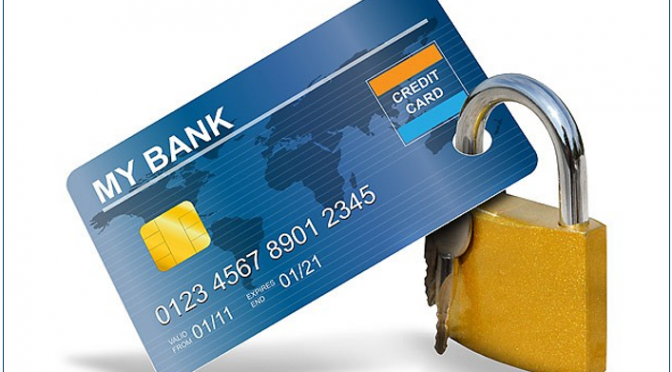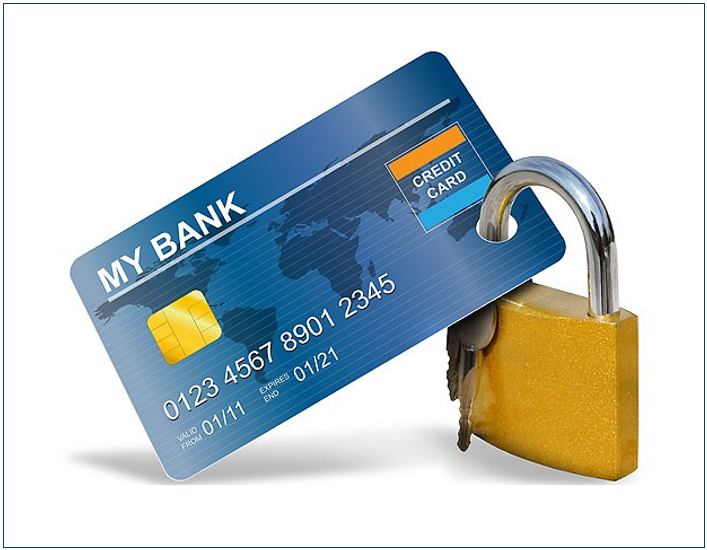Employee Purchase Cards: Reducing the Spend and Risk
Blog: Enterprise Decision Management Blog

Employee purchase cards (P-Cards) are work credit cards that are provided by most universities and state governments to many of their employees for smaller, routine purchases. These P-Cards can streamline the process of making purchases, saving the organization both time and money. P-Cards are much more cost effective than using the full procurement processes (soliciting three bids, etc.) for smaller purchases, such as an item costing $15.
The challenge for most organizations is that while P-Cards can provide a cost-effective and efficient tool for small dollar purchases, they can also easily be abused. Managers and auditors are tasked with reviewing P-card purchases but often, given their other workloads, these purchases are not adequately reviewed.
Employee Purchase Cards – Why Use Them?
In a typical procure-to-pay process, five percent of transactions account for 90% (or more) of the total spend. These larger transactions rightfully require significant controls, contracts and approvals. P-Cards can dramatically reduce the cost of the significant number of small dollar, routine purchases. A typical procurement process requires filling out a purchase requisition, obtaining one or more approvals, receiving an invoice, cutting a check, etc. While these processes exist for good reason, on a small dollar purchase (for a specialized screwdriver for example) the time and cost of completing all of the procurement steps can far exceed the cost for the item purchased and can frustrate the employee who has to complete the paperwork.
Purchase cards allow for this process to be skipped, which not only provides convenience to the employee but reduces the overall cost of the item being purchased. Often suppliers will take labor-intensive administrative efforts like submitting bids, preparing specialized invoices, submitting a request for payment, and waiting 30-45 days to be paid, into consideration when setting a price. The more streamlined the purchasing process, the more they can lower their price. This is why using a P-Card and bypassing the traditional procurement process can potentially allow for significant savings as well as reducing the effort and frustration for staff.
P-cards also give organizations the ability to use controls to reduce their risk exposure. For example, most P-Cards allow you to implement daily or monthly spending caps on individuals, and provide controls as to which merchant categories can be used. These controls can reduce your risk of exposure, but certainly not eliminate it entirely.
Employee Purchase Cards – What Are The Challenges?
For all of the benefits that P-Cards can provide, they carry inherent risks. P-Cards bypass normal procurement controls, reviews and approvals. This means that staff can purchase unintended items, exposing the organization to a loss of funds, reputational risk, and other organizational risks. As I discussed in a prior blog, even a $4 mistake can be costly to an organization.
P-Cards are also more likely to be used for fraudulent and abusive activities. We have seen, for example where an item was purchased with a P-Card, and was also submitted for reimbursement through the expense reporting channel. Given the separation of these two channels, these types of duplicate expenses often go undetected with traditional review processes.
Another challenge is that P-card usage can lead to PO leakage (where an employee pays more for an item by bypassing the preferred vendor) because an employee may purchase an item from a convenient vendor, instead of the preferred vendor. Over time, losses from PO leakage can be significant, running into the millions of dollars. These transactions are often missed in the manual review processes existing in most organizations today. One way to overcome this is to make it easier to use the preferred vendor. Experience has also taught me that the easier an organization makes it to purchase items using the “correct” process, the more likely the employee will do the right thing.
Employee Purchase Cards – How Advanced Analytics Can Help
Given the staffing constraints of most organizations, it is almost impossible to fully review 100% of P-Card transactions. This why a new approach is needed. Technology is now available to perform an automated review of 100% of transactions. These reviews can identify:
- Outlier transactions, where the unit price paid or the quantity purchased does not match historical norms.
- Travel expenses incurred outside of defined standards, including the nightly rate paid for a hotel in a given city, the class of airfare purchased (e.g., First Class), or the location of a hotel as compared to the approved travel location.
- PO Leakage, where an item was purchased at a price higher than the negotiated contract
- Split purchases, where a single transaction is split into multiple transactions to bypass procurement rules
- Purchases which require additional contractual controls (e.g., HIPAA, Data Security, Personal Information, etc.)
In addition, many merchants now provide significant information with each P-Card transaction, called “Level 2” and “Level 3” Data. Detailed transaction level details on each item purchased is provided, allowing for a full analysis of the specific items purchased and comparisons between what is being reported by the merchant with the receipts that accompany the transaction.
Employee Purchase Cards – Join Us For A Webinar On The Topic
P-Cards are a valuable tool for large organizations. While they can open the organization up to the possibility of abuse and other risks, P-Cards can save the organization money, time and effort. These significant benefits make it even more critical that organizations find a way to counteract potential challenges. Using analytics, organizations can increase their protection and reduce costs without making the P-Card process more cumbersome for its employees.
For more information, join us on Thursday October 18th at 1:00 pm EDT/10:00 am PDT for the educational webinar:
“Reducing Spend and Risk Using Powerful Procure-to-Pay Analytics.”
For more on expenses abuse, check out some of our other posts on the topic:
- Expenses Abuse: What Is The Cost Of A $4 Beer?
- Five Ways To Save Money Every Government Department Should Know About
- Expenses Fraud or Honest Mistake? Predictive Analytics Will Tell
The post Employee Purchase Cards: Reducing the Spend and Risk appeared first on FICO.
Leave a Comment
You must be logged in to post a comment.








